Last week, Congress released two key bills relating to investment in the nation’s infrastructure. Last Thursday, the Senate Environment and Public Works Committee passed a $265 billion highway bill to authorize funding for the nation’s roads and bridges (transit is under a different committee jurisdiction). Also on Thursday, Congress released the Water Resources Development Act conference report, which includes authorization for more than $26 billion in projects to be built by the Army Corps of Engineers, at least $16 billion of which will come from federal taxpayers.
Despite the fact that we do indeed need to make significant investments in maintaining our infrastructure for the future, neither of these bills takes taxpayers down a path of sound decision-making about those investments.
Let’s look at the highway bill first. The current transportation bill, MAP-21, was passed in 2012 and expires this fall. But even before that, the Highway Trust Fund, which is supposed to be a self-sustaining fund for road maintenance and building, will run out of money, likely just at the height of summer driving season. So what does the proposal passed out of Senate Committee do? Sensibly match new spending to available resources? Nope. Instead, it ignores not only the imminent crisis of the trust fund, but also creates a new nearly $100 billion funding shortfall by proposing $51 billion of spending a year against a projected revenue of only $39 billion.
It does this in part by tying spending on core highway programs to inflation, increasing spending every year, even though the gas tax which is supposed to fund this spending hasn’t been increased since the early days of the first Clinton administration. On top of that, the bill does little to prioritize funding on the most cost effective and critical repairs to existing infrastructure, focusing instead on the more politically salable but risky new construction.
The Water Resources Reform and Development Act, passed by the House of Representatives yesterday, fails to earn its “reform” moniker. While the bill does do a few good things, such as setting up a process for authorizing projects that does not rely on earmarks, clearing $18 billion of outdated projects off the corps’ to-do list and mandating the corps actually produce a list of all projects it has been authorized to construct, it punts on tough decisions. The corps has a $60 to $80 billion backlog and gets less than $2 billion in construction funding a year. While there are $18 billion in deauthorizations, the bill adds $16 billion in new projects to the list.
The new earmark-less process for authorizing projects, where non-federal sponsors (i.e. ports, communities, levee districts) identify potential projects which the corps studies and passes on to Congress if they are found feasible, comes with no criteria. That means any project that fits in the corps mission and is estimated to return as little as a penny on top of the dollars spent would be submitted to Congress. And considering that lawmakers are not good at saying no to constituent projects, the backlog may explode with dozens or hundreds of new potential boondoggles.
Finally, the bill doesn’t address the numerous cost overruns or funding deficits plaguing waterways, instead chipping away at established and effective cost-share rules, bailing barge companies out of 70 percent of their responsibility for the $2 billion over budget Olmsted lock and dam and finding no new revenue sources for the system in spite of numerous proposals from the administration, industry and experts.
Too often members of Congress treat infrastructure bills as vehicles to bring cash back to their districts, rather than as opportunities to identify the most important projects providing the greatest federal return on investment. Instead of focusing on the ribbon cuttings and press releases these bills can produce, they need to do the hard work of balancing the various needs of the country in a fiscally responsible way.

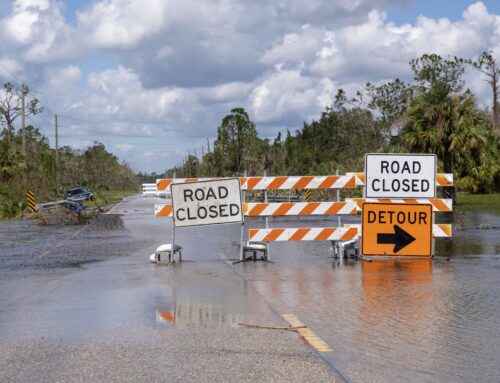

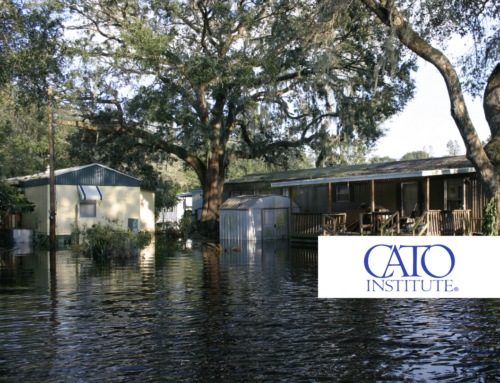
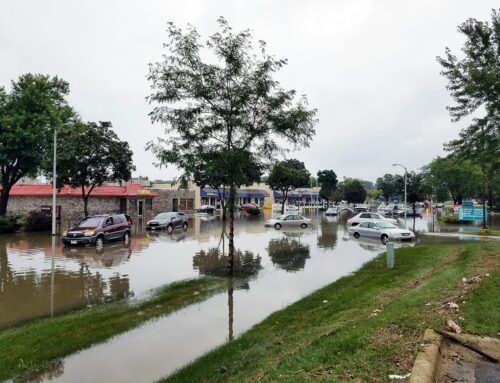

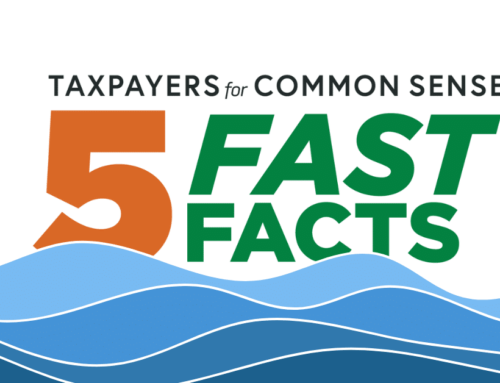
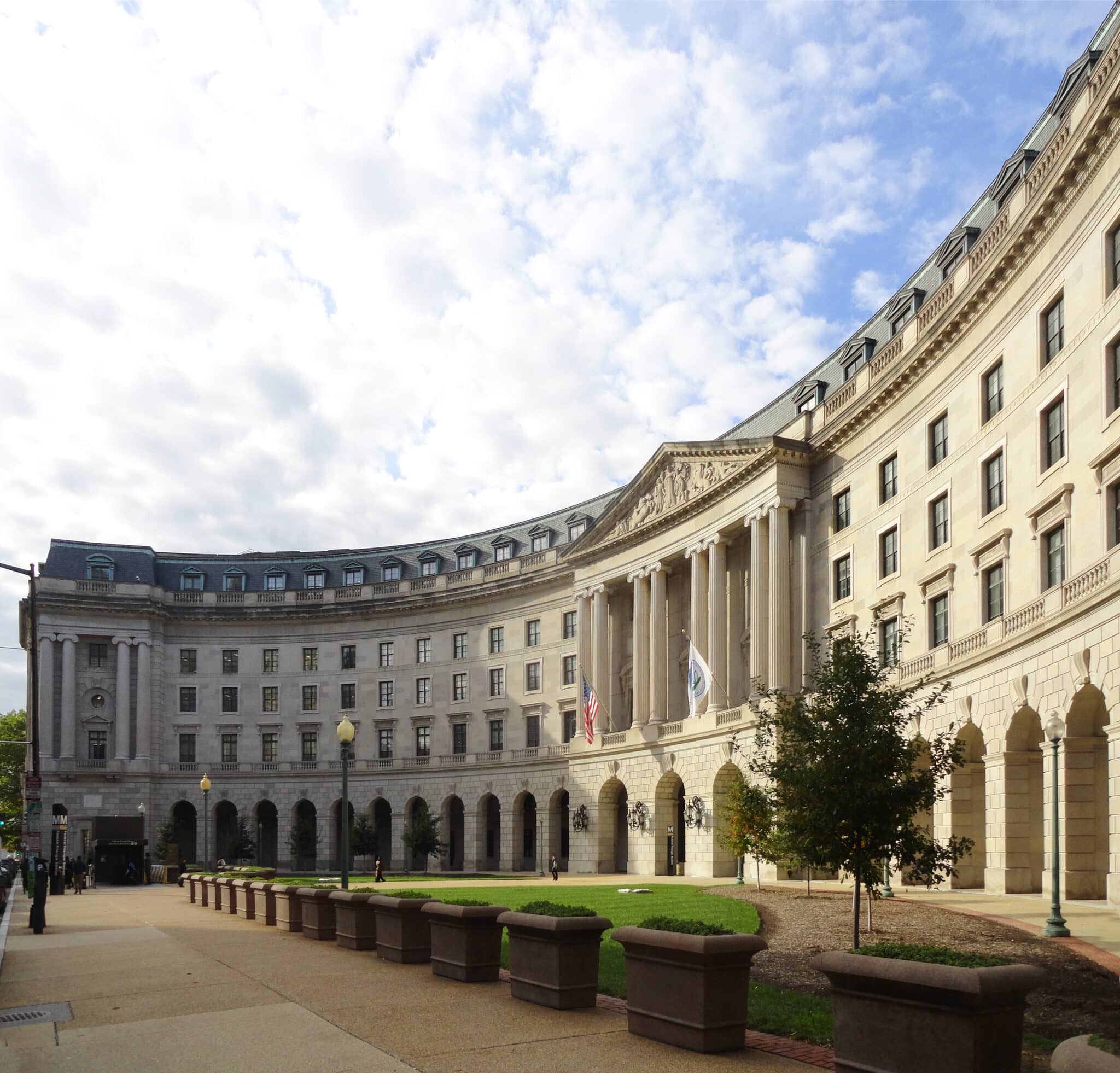

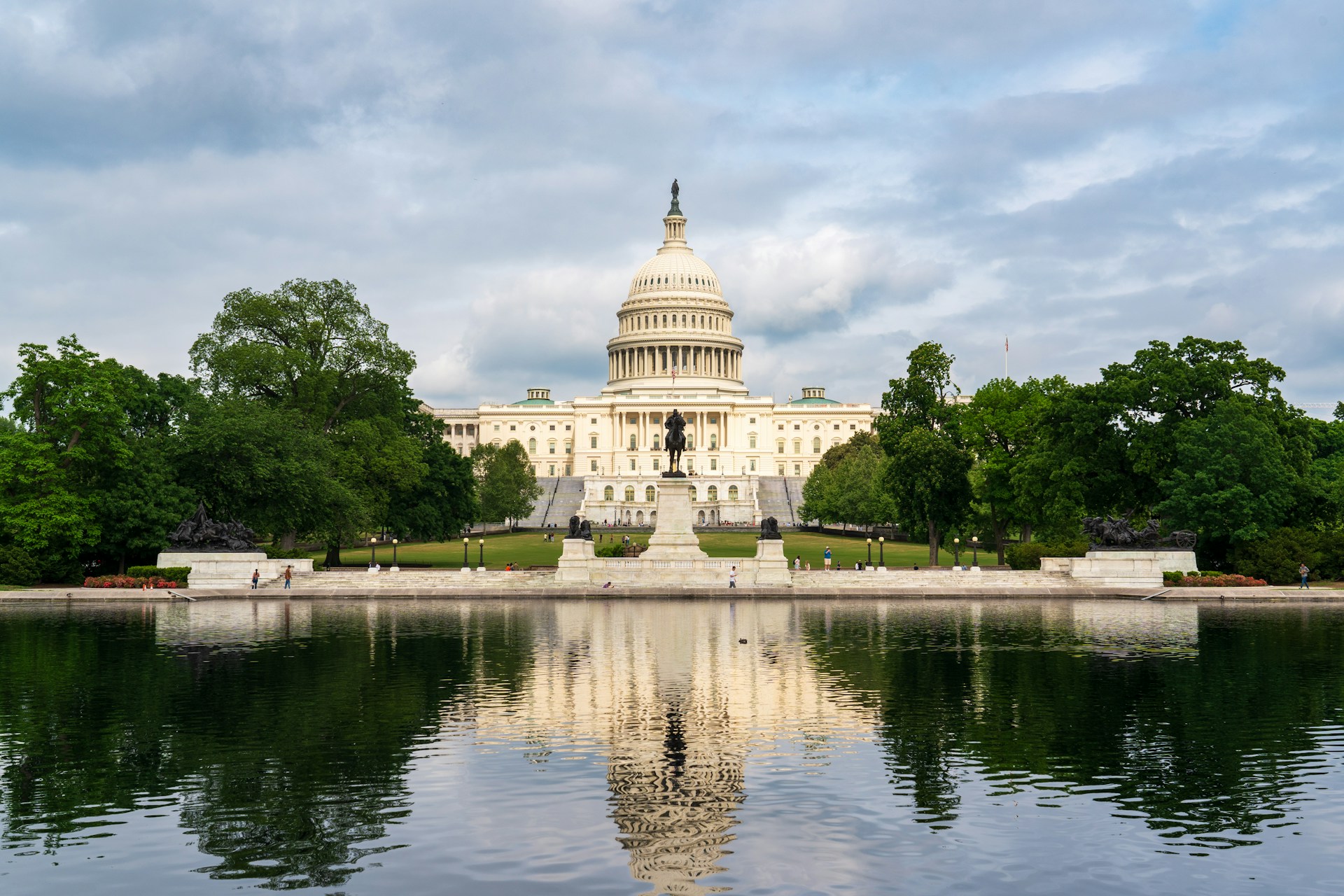

Get Social